After i created the launch article about AMD's new Radeon RX 5500 XT and also a first overclocking article with the MorePowerTool, I now dedicate myself with the intention of one of the slightly cheaper 8GB board partner cards, which it has already been doing for days now. just under 210 euros. This is still above the magic 200-euro limit, but the direction is already right, even if it is almost clear whether AMD is making targeted promo promotions with individual dealers. If, for example, Notebook-cheap a whopping 20 euros is below Mindfactory, then legitimate questions remain unanswered. But as it is, with this price, the card is slowly becoming more attractive. That's why I'll be doing my sample on Dec. as the last calendar door available to the community, so stay tuned!
Otherwise, the card largely corresponds to the MSI model tested for launch, which is also shown by the benchmarks, which run completely identically. Same bar, same result. It's a bit boring, but it also shows how close the cards are, all of which have already appeared on the market with factory overclocking. In the end, the data is interchangeable, so this time I forgo the detailed benchmarks and all the detail graphics and only link to the launch. The results are transferable 1:1.
The 158 mm2 chip is manufactured by TSMC in the well-known 7 nm process and contains 6.4 billion transistors. The total of 22 Compute Units includes 1408 stream processors, 88 TMUs and 32 ROPs. The aggregated 128-bit memory bus represents the connection of the total of 4 memory modules, which are installed as either 1 GB or 2 GB modules, depending on the memory configuration of a total of 4 or 8 GB. At 224 GB/s, the memory bandwidth is fully within the limits of what the GDDR6 RAM at 14 Gbps provides.
All the details about AMD's new RDNA I had already explained in detail in the launch article to the RX 5700 (XT) and if you want, you can do this again under "AMD Radeon RX 5700 and RX 5700 XT in the test – The Raytracing-free coffin nail from Vega and up to 2.1 GHz clock under water" Read. That's why I'm now focusing on my test object, because it counts on the square and not on paper. Let's see who sinks whom here now.
Sapphire RX 5500 XT Pulse 8 GB
Visually, the Pulse is certainly not a glittering highlight of a show PC, but rather timeless and unobtrusive. The very simple radiator cover with the two 9.5 cm fans dispenses with bright accents and RGB effects, which of course makes them more affordable. Thus, a supposed defect in the current situation quickly becomes a feature. Colorful can anyone, well and cheap many certainly still have to practice.
At 565 grams, the card is really light and measures 23.2 cm from the outside edge of the slot panel to the outer edge of the radiator cover. With the 11.5 cm from the top of the motherboard slot to the top edge of the cover, it is slightly higher than the slot panel and the installation depth ("thickness") of 3.5 cm makes it a real dual slot card. The backplate made of light metal is not actively integrated into the cooling concept, which one does not want from a pad for a small buck converter below the BGA.
The slot bezel lets out a smaller part of the warm exhaust air directly, as the cooling fins are horizontally aligned. However, the rest disappears as usual in the depths of the housing. With one HDMI 2.0 port and three DisplayPort 1.4 connectors, there are plenty of variants to connect to the monitor.
| Installation length (gross) | 23.2 cm |
| Installation height (gross) | 11.5 cm |
| Installation depth front (gross) | 3.5 cm |
| Installation depth rear (gross) | 0.5 cm (backplate) |
| Weight: | 565 g |
| Connections: | 1x HDMI 2.0 3x DisplayPort 1.4 1x 8-pin PCIe Power Supply |
| Cooler cover: | ABS injection moulding, black |
| Fan: | 2x 9.5 cm rotors with 9 rotor blades each |
TriXX Software and "Boost" a la Sapphire
The image below shows what it is all about with the triad-tagged boost and the lower resolution in the game. The solution approach is quite clever, because it provides the player with individually definable, "virtual" resolutions that are below the native resolution of the monitor and which can then be selected in the game. This also reduces the quality somewhat, but also the number of pixels to be rendered, which can significantly speed up the output. Sure, you can also do such games much more awkwardly manually via AMD's drivers, but the effort there is much higher.
However, you should also give RIS (Radeon Image Sharpening) a chance to make the image crisper, i.e. to "sharpen" it. With many titles this looks really good and it costs hardly any computing power.
A first overview of the electrical data here is the latest version of GPU-Z:
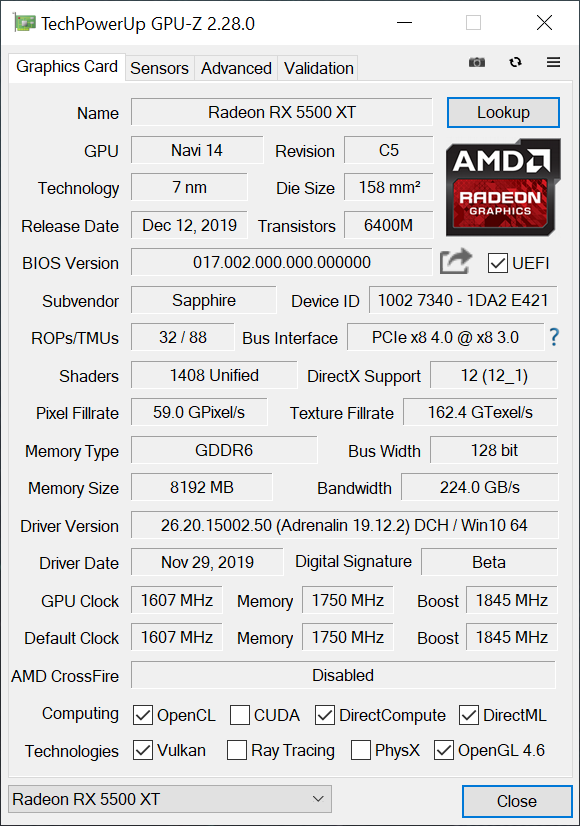
Let's quickly compare some of the relevant maps in table form. The overview of the relevant comparison maps then looks like this:
| Msi GeForce GTX 1650 Super Gaming X 4GB |
Sapphire RX 5500 XT Pulse 8 GB |
Msi GeForce GTX 1660 Gaming X 6GB |
Msi GeForce GTX 1060 Gaming X 6GB |
|
| Architecture (GPU) |
Turing (TU116-250) | Navi 14 | Turing (TU116-300) | Pascal (GP106-400) |
| Cores / SP |
1280 | 1408 | 1408 | 1280 |
| Texture Units |
80 | 88 | 88 | 80 |
| Base Clock Rate |
1530 MHz | 1607 MHz | 1530 MHz | 1595 MHz |
| GPU Boost Rate |
1755 MHz | 1845 MHz | 1860 MHz | 1810 MHz |
| Storage expansion |
4GB GDDR6 | 8 GB GDDR6 | 6 GB GDDR5 | 6 GB GDDR5 |
| Storage bus |
128-bit | 128-bit | 192-bit | 192-bit |
| Bandwidth |
192 GB/s | 224 GB/s | 192 GB/s | 192 GB/s |
| Rops |
32 | 32 | 40th | 48 |
| L2 Cache |
1 MB | 2 MB | 1.5 MB | 1.5 MB |
| Tdp |
175 W | 125 W | 120 W | 120 W |
| Transistors |
6.6 billion | 6.4 billion | 6.6 billion | 4.4 billion |
| The size |
284 mm2 | 158 mm2 | 284 mm2 | 200 mm2 |
Test system and evaluation software
As always, I benchmark with my own PresentMon GUI and the interpreter software, which fills the Excel charts and the graphical output (and only the) so extra- or so. interpolates that all graphs are exactly long, creating a uniform and comparable time line. The remaining evaluations up to percentiles and bar graphics are based on the real raw data from the measurement. The benchmark system is new and has been upgraded in some areas. That's one of the reason why I've completely re-benchmarked all the games and cards.
I have also summarized the individual components of the test system in tabular form.
| Test System and Equipment |
|
|---|---|
| Hardware: |
Intel Core i9-9900 K 4x 8GB G.Skill FlareX DDR4 3200 |
| Cooling: |
Alphacool Ice Block XPX (1151), XPX Pro (AM4, 2066) Alphacool Ice Grinder (modified) Thermal Grizzly Kryonaut |
| Case: |
Lian Li T70, Raijintek Paean Open Benchtable |
| Monitor: | BenQ PD3220U |
| Power Consumption: |
Non-contact direct current measurement on PCIe slot (riser card) |
| Thermal Imager: |
1x Optris PI640 + 2x Xi400 Thermal Imagers Pix Connect Software Type K Class 1 thermal sensors (up to 4 channels) |
| Acoustics: |
NTI Audio M2211 (with calibration file) Steinberg UR12 (with phantom power for the microphones) Creative X7, Smaart v.7 Own anechoic chamber, 3.5 x 1.8 x 2.2 m (LxTxH) Axial measurements, perpendicular to the center of the sound source(s), measuring distance 50 cm Noise emission in dBA (slow) as RTA measurement Frequency spectrum as graphic |
| Os: | Windows 10 Pro (1909, all Updates) |
Sapphire Pulse Radeon RX 5500 XT 8G, 8GB GDDR6, HDMI, 3x DP, lite retail (11295-01-20G)














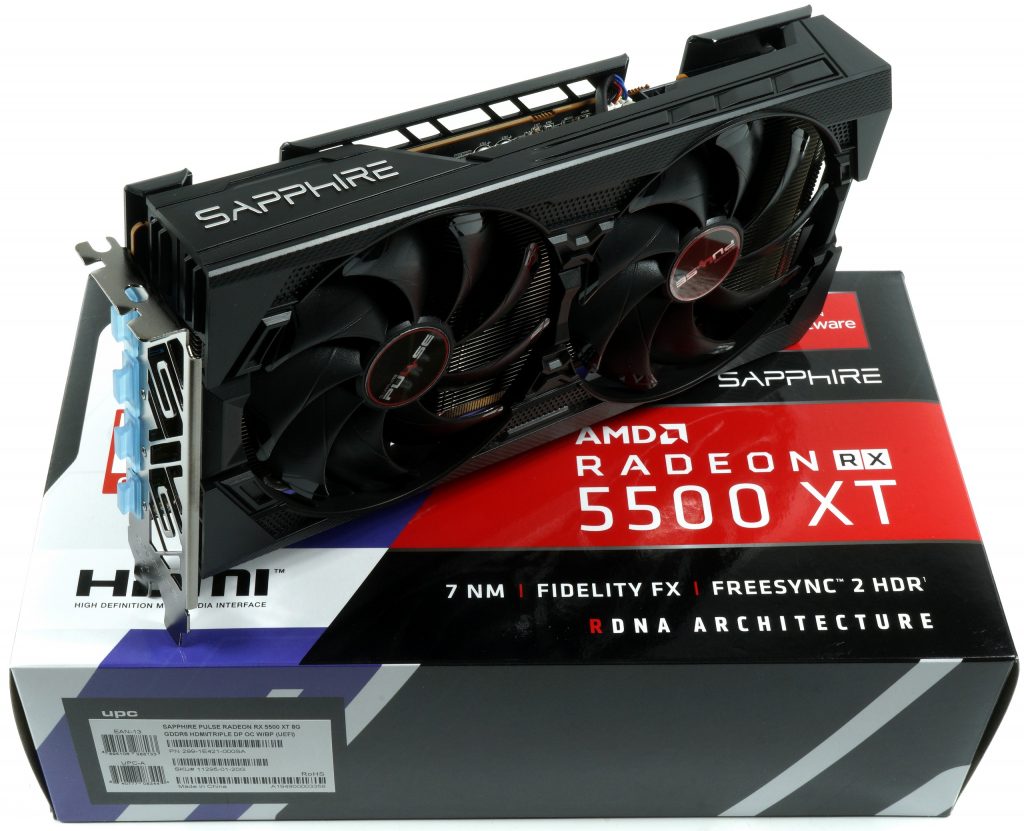
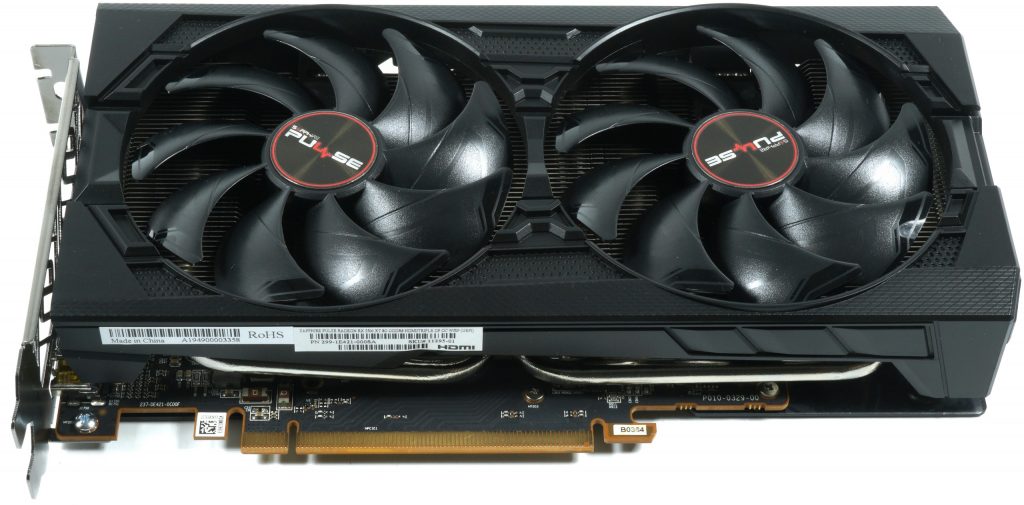
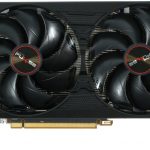
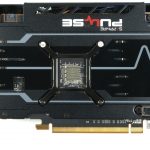
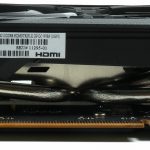
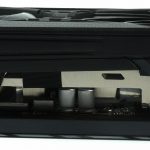
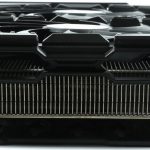
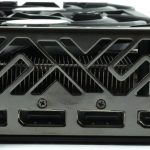
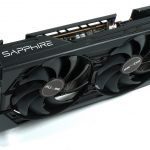
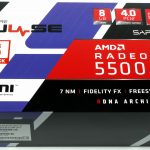
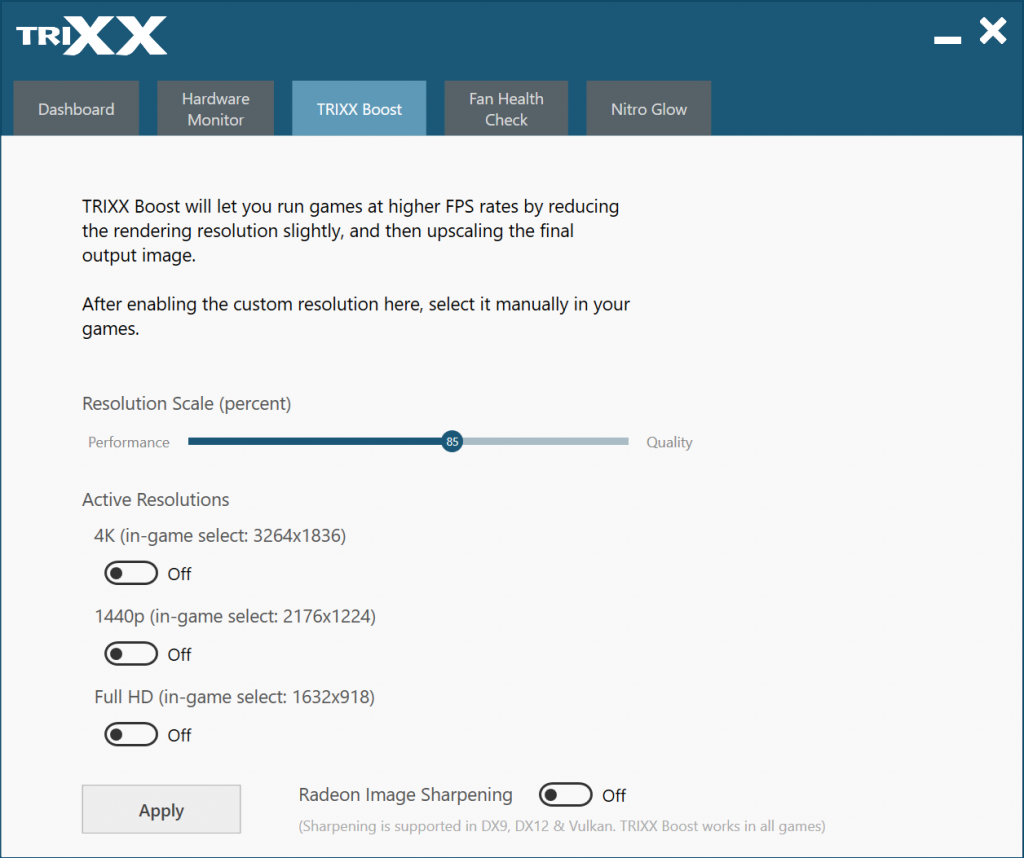
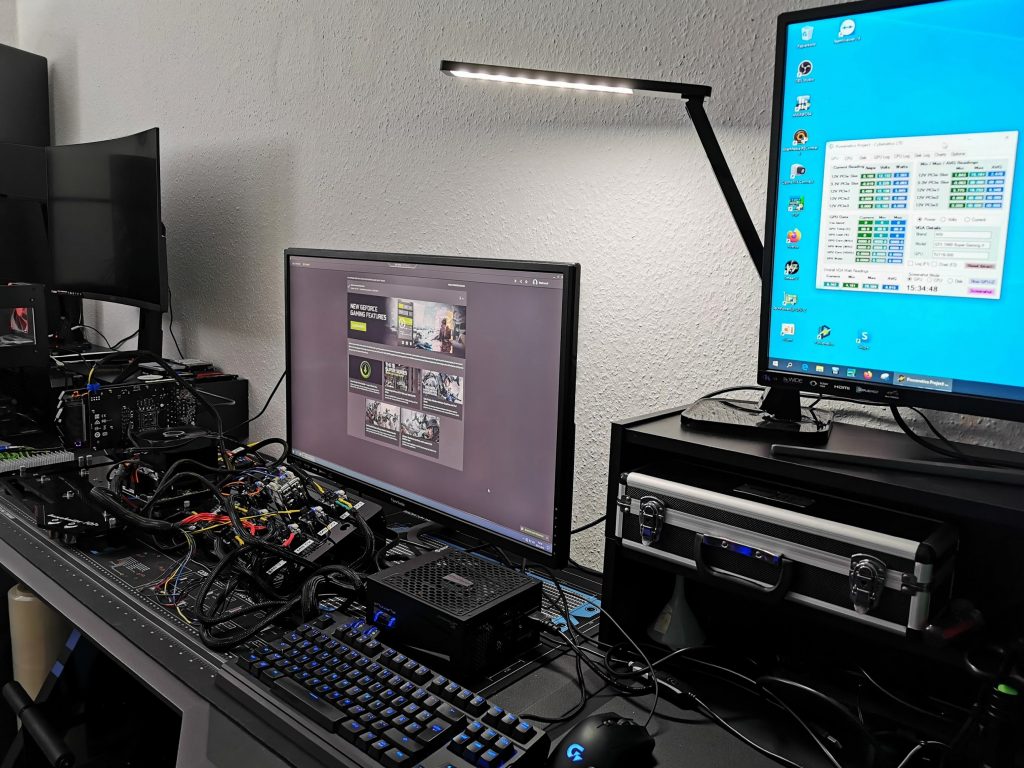



















Kommentieren